Everest Marathon man recounts his epic story
A Senior Forest Manager has recounted his epic effort in completing a marathon in the shadow of the world’s highest mountain.
Arran Smith took part in the gruelling Tenzing Hillary Everest Marathon, the highest marathon in the world, which starts at an altitude of almost 5,500 metres.
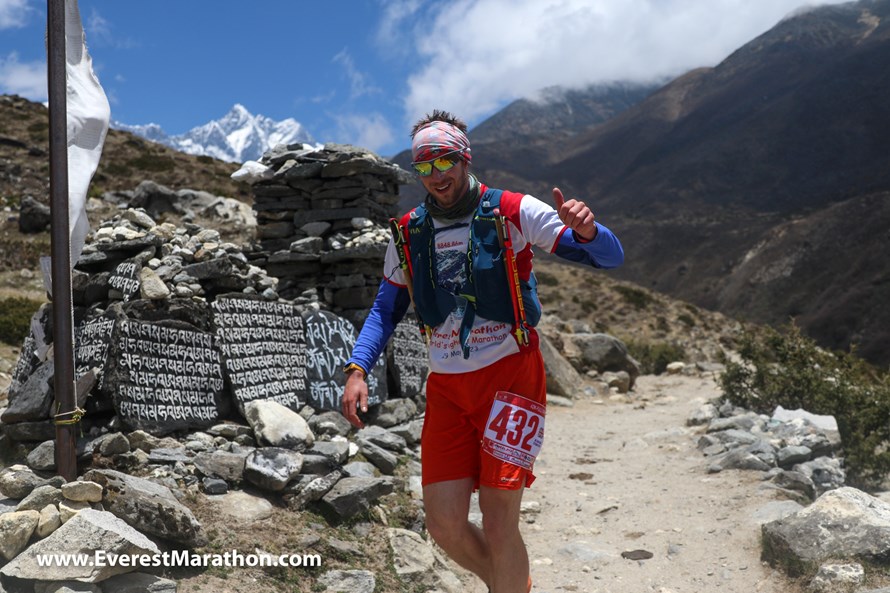
The race finishes at 3,500 metres, after a hugely challenging course in extremely difficult terrain - following part of the route used by Sherpa Tenzing and Sir Edmund Hillary when they conquered Everest in May 1953. The 2023 race took place on the 70th anniversary of them reaching the summit.
Arran finished the course in 9 hours, 1 minute 46 seconds, which put him 79th out of 164 competitors. 6th of 17 UK runners and 32nd out of 108 non-Nepalese runners. “I was very pleased just to finish and had not set myself any time goal,” he said. “The fastest time was an incredible 3 hours 48 minutes by a Nepalese runner!”
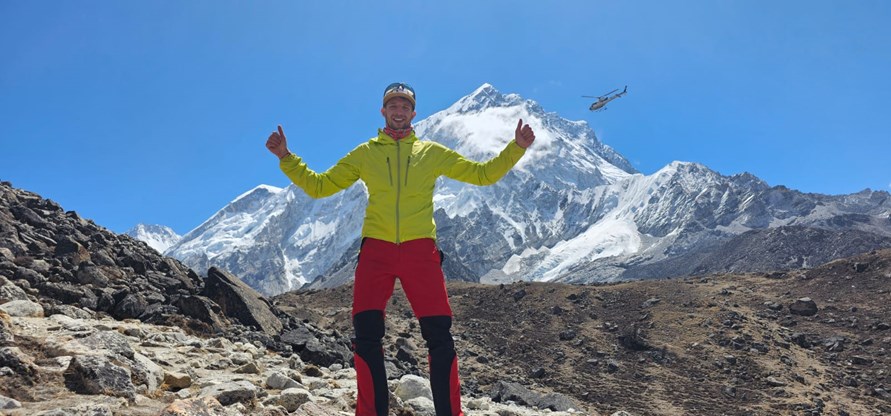
The 34-year-old, who is based in Scottish Woodlands’ Melrose office, described some of the challenges he faced during the race, which began before the start!
“I suffered badly with altitude sickness on the trek up to base camp at around 4000m, with nausea, headache and dizziness,” he said. “The doctor gave me Diamox which helps with altitude by dilating the blood vessels. This had an unwanted side-effect of increased toilet stops leading to dehydration and severe nosebleeds, including a huge one in the tent before the race when trying to sleep.”
“Most of my group developed the Khumbu Cough, caused by the cold, dry air. This was exhausting and at times made it difficult to hold a conversation. A Dutch runner was helicoptered from base camp on the morning of the race due to the severity of his symptoms and didn’t start. A UK collapsed at mile 20 and had to be airlifted out.”
Arran said the course itself was full of massive challenges: “The first 5 miles were over the Khumbu Glacier - boulders over ice, made more challenging by the groups of yaks heading in the opposite direction! The rest of the course was on the main trekking path and crossed some of the famous wire bridges. Although the net elevation decreased, there were two very steep climbs. The first, to Tengboche Monastery at mile 20, seemed like the only big climb - before we were reminded we still had Namche hill to climb. And that was far worse!”
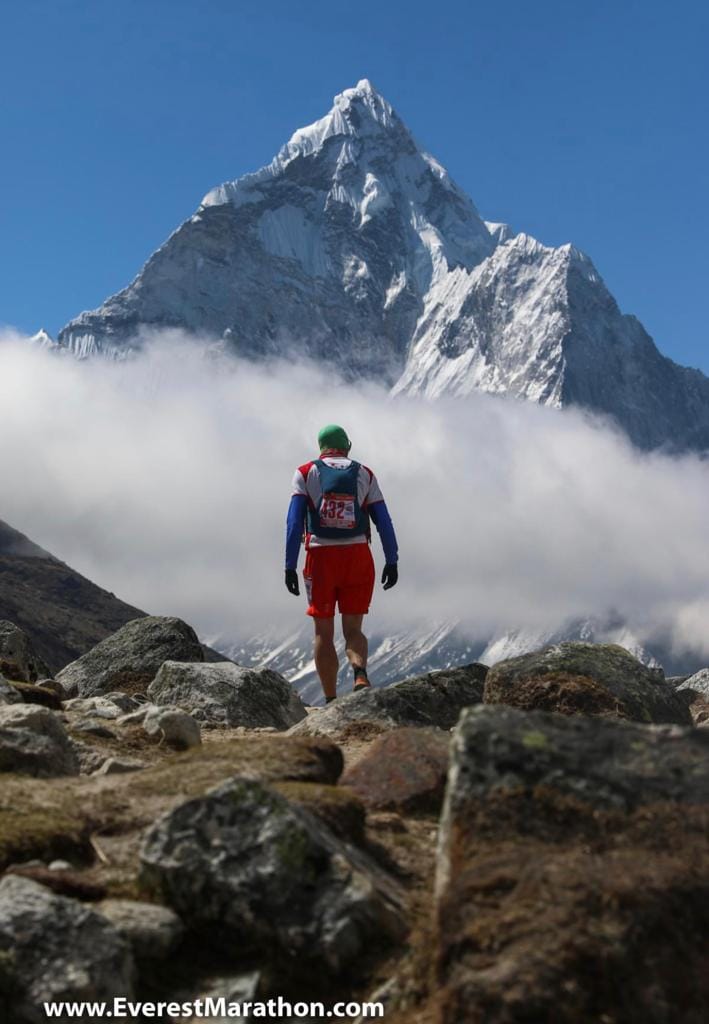
How did Arran keep going? “There were plenty of times I wanted to give up. My cough hadn’t gone away and during the hill climbs, I was sometimes bent double coughing up nasty green stuff. It was completely exhausting but I was determined to finish as I’d invested a lot of time and resources to take part. I didn’t finish an Ultra Marathon in March 2022, and knew the feeling of regret at not completing a race and didn’t want to have the same feeling again. I was so exhausted at the finish; I was holding my certificate upside down for the photos.”
Arran, based at Melrose office in Scottish Borders, has been with SWL since 2012. He discovered the trip when looking for adventure holiday ideas. “I always had a fascination with Everest and its climbing history and culture,” he explained. “Add the world’s highest marathon and it made the perfect adventure! The chance to spend two nights at Everest Base Camp also really appealed.”
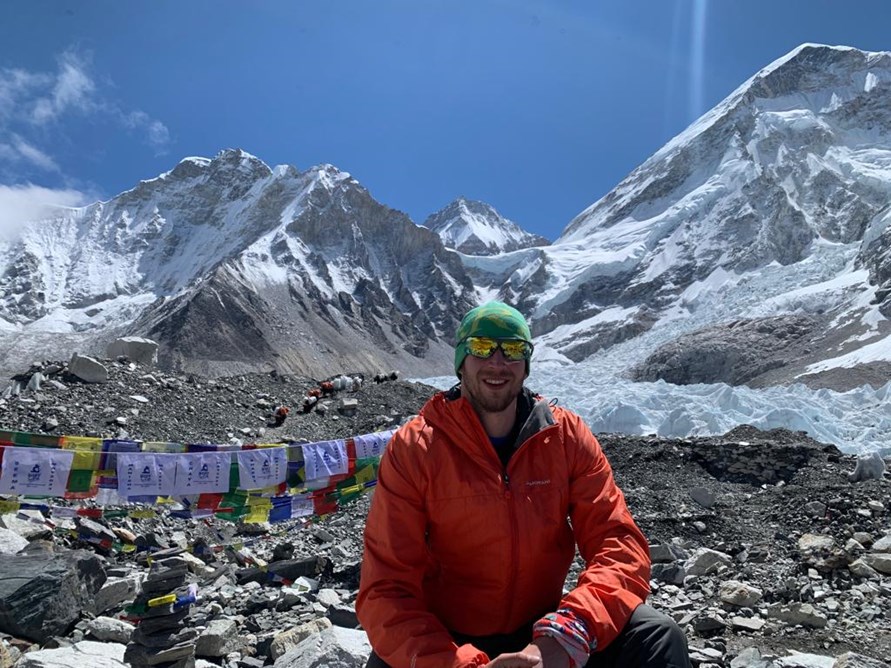
He added: “I did very little research into the actual marathon as I wanted it to be an unknown experience. I knew it was going to be tough and set myself 4 goals for the trip - to see Everest, get to base camp, start the marathon and finish the marathon, so I was delighted to tick all 4 boxes.”
Before heading to Nepal, Arran completed a 38-mile ultra marathon in October 2022. He is also part of the Borders Search and Rescue Team, which in 2019 entered the Dolomiti Rescue Race in Italy - a 16 km mountain race which reaches an altitude of 2700 metres, involving a section of Via Ferrata [a climbing route that employs steel cables, rungs, or ladders, fixed to the rock], an abseil and a stretcher carry.
He said he was keen not to overdo training before the Everest Marathon: “I’m a regular gym goer and also do hill walking and running. I didn’t want to overdo my training as there were so many factors outside my control in Nepal - illness, altitude, injury. And I knew the trek to the start would help me adjust to the altitude.”
Arran flew to Kathmandu, then Lukla, and spent 11 days trekking to Everest Base Camp, followed by a two day rest to acclimatise. After the race, there was a rest day near the finish in Namche Bazaar before a trek back to Lukla and return to Kathmandu for a two-day stay before the flight home.
Arran said of his family and friends: “I don’t think they fully appreciated what I was doing, which is probably for the best! However, I’d recently started dating a girl and when I got back, she said she’d convinced herself I was going to die out there; fortunately I’m back in one piece and the relationship is still going strong!”
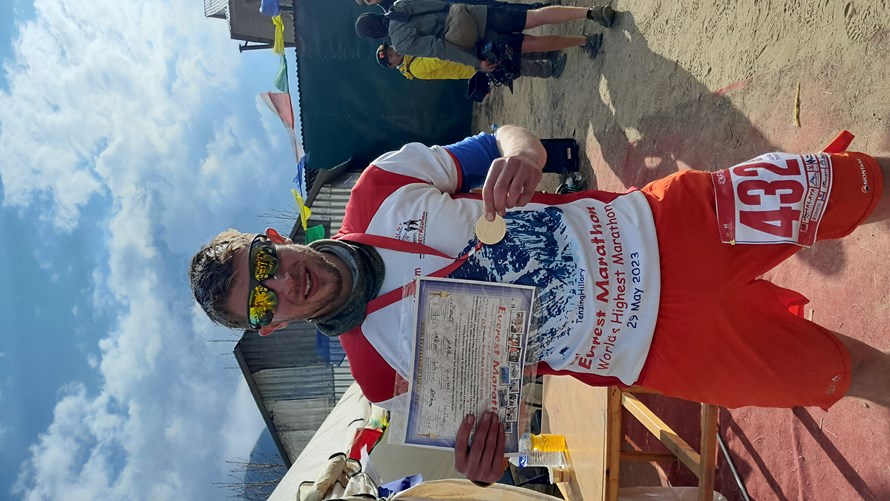
He says that it’s “unlikely” he will do the same marathon again but would love to go back to Nepal to spend more time trekking and exploring the Himalayas. “Climbing Everest does appeal to me, but finances and time off work are major limiting factors,” he said.
Next up is putting a team together to take part in the Dolomiti Rescue Race again in 2024.